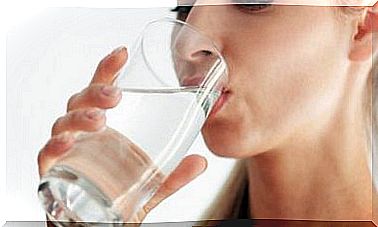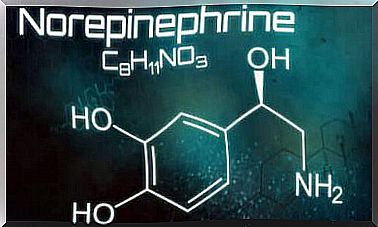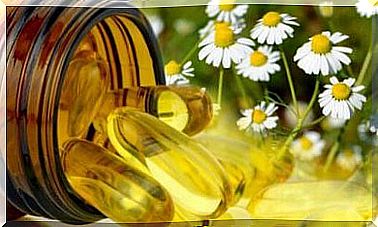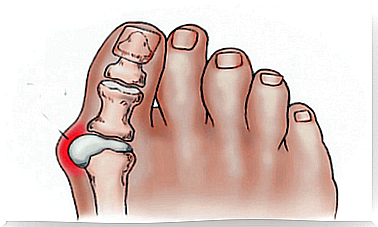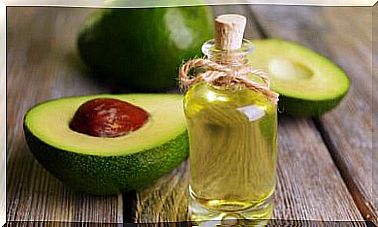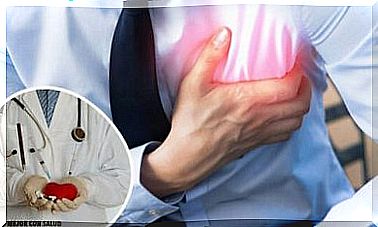Hydroquinone: What Is It For And How To Use It
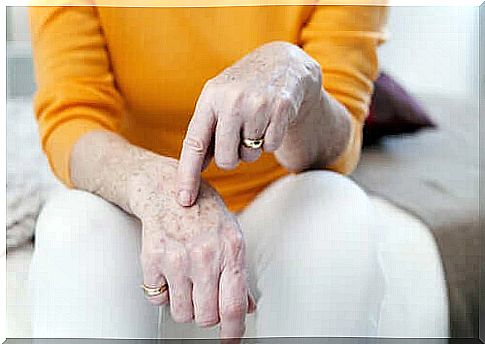
Hydroquinone is a chemical compound often used in lightening treatments. First of all, it helps to lighten dark spots on the skin.
Products in which hydroquinone has a different concentration are still in use. As a general rule, the higher the concentration of this chemical, the stronger the decolorizing effect.
How does hydroquinone work?
The National Library of Medicine of the United States provides materials that explain that the substance responsible for the pigmentation of the skin, as well as the hair and iris of the eye, is so-called melanin.
Hydroquinone works by blocking the production of melanin in the skin. In addition, it intensifies the degradation of melanin-storing cells. By inhibiting tyrosinase, the enzyme that converts tyrosine into melanin blocks the production of melanin.
Moreover, the structure of melanosomes changes and their degradation increases or their production decreases. The effect of the treatment with the use of hydroquinone is smoother, more even skin.
What is hydroquinone used for?
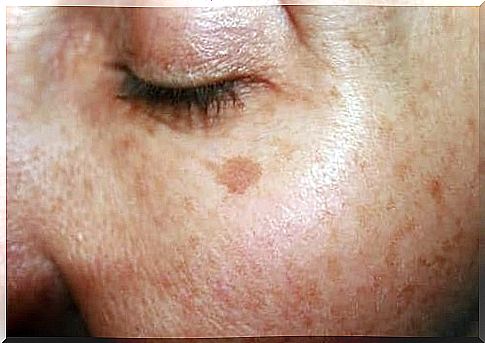
Hydroquinone treats skin discoloration such as chloasma or lentil stains. Lentil stains are a fairly common type of stain that appears as a result of chronic sun exposure, usually after the summer period.
There are different alternatives and treatments available depending on the type of stains on your skin. Hydroquinone is one of the treatments and is very common, as you can read about in the medical encyclopedia mentioned earlier. However, you should always consult a specialist to select the treatment method best suited to your case.
Skin spots can develop for a variety of reasons, but sun exposure is the most common. While solar radiation is the determining factor, it is not the only one. Other factors that can cause spots on the skin include:
- Skin phototype : Blotches are more common on fair skinned skin, phototypes I or II.
- Medications : Some medications, such as contraceptives, are sensitive to light and can cause sunspots if you do not protect yourself from sunlight after taking them.
- pregnancy
- The use of tobacco
- Genetics and age
- Earlier skin changes
How to use hydroquinone?
The article Hydroquinone Skin Bleaching Cream on WebMD noted that you can use this compound on any part of the body that needs to be lightened. However, special care should be taken around the eyes and mucous membranes.
In addition, hydroquinone only interferes with the formation of new melanin. Therefore, it does not lighten the skin immediately. In fact, it may take several weeks for the effects of its use to appear.
Additionally, the effects are only temporary. This is because melanin production starts again after treatment ends. Depigmentation may persist for 2 to 6 months after stopping treatment.
Possible side effects
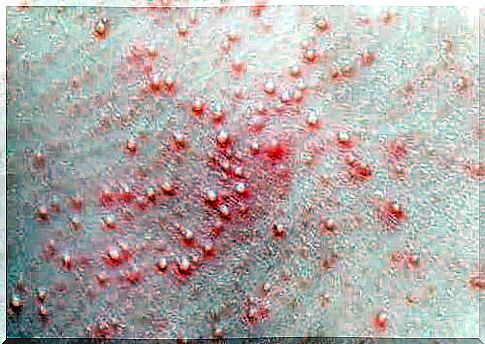
According to WebMD, some of the most common complications of using hydroquinone include:
- Contact dermatitis from irritation
- Reddening of the skin
- Allergy to ingredient
- A burning sensation
However, some people may also experience other reactions such as blistering, swelling of the skin or tongue, shortness of breath, and chest pain. Hydroquinone is also photosensitive, which means that exposure to sunlight can cause other blemishes and further deteriorate the appearance of the skin.
Other side effects are related to leaving the cream on the skin for too long. For example, this includes loss of skin elasticity or discoloration of the nails.
Moreover, long-term use of hydroquinone can lead to an excess of pigment, known as protecting. These dark blue stains are almost irreversible and very difficult to remove.
There is also a risk of an allergic reaction. To safely find out if you are allergic to hydroquinone, apply a little to a small area of skin. Although slight redness is considered normal, you should refrain from using it if you notice an allergic reaction.
Use under medical supervision
For positive results, it’s best to use hydroquinone on a regular basis. In addition, it is worth combining it with a suitable photoprotector.
This way you will get better results and they will last longer. Finally, don’t forget to check with your dermatologist to see if hydroquinone is the best treatment for your case.

